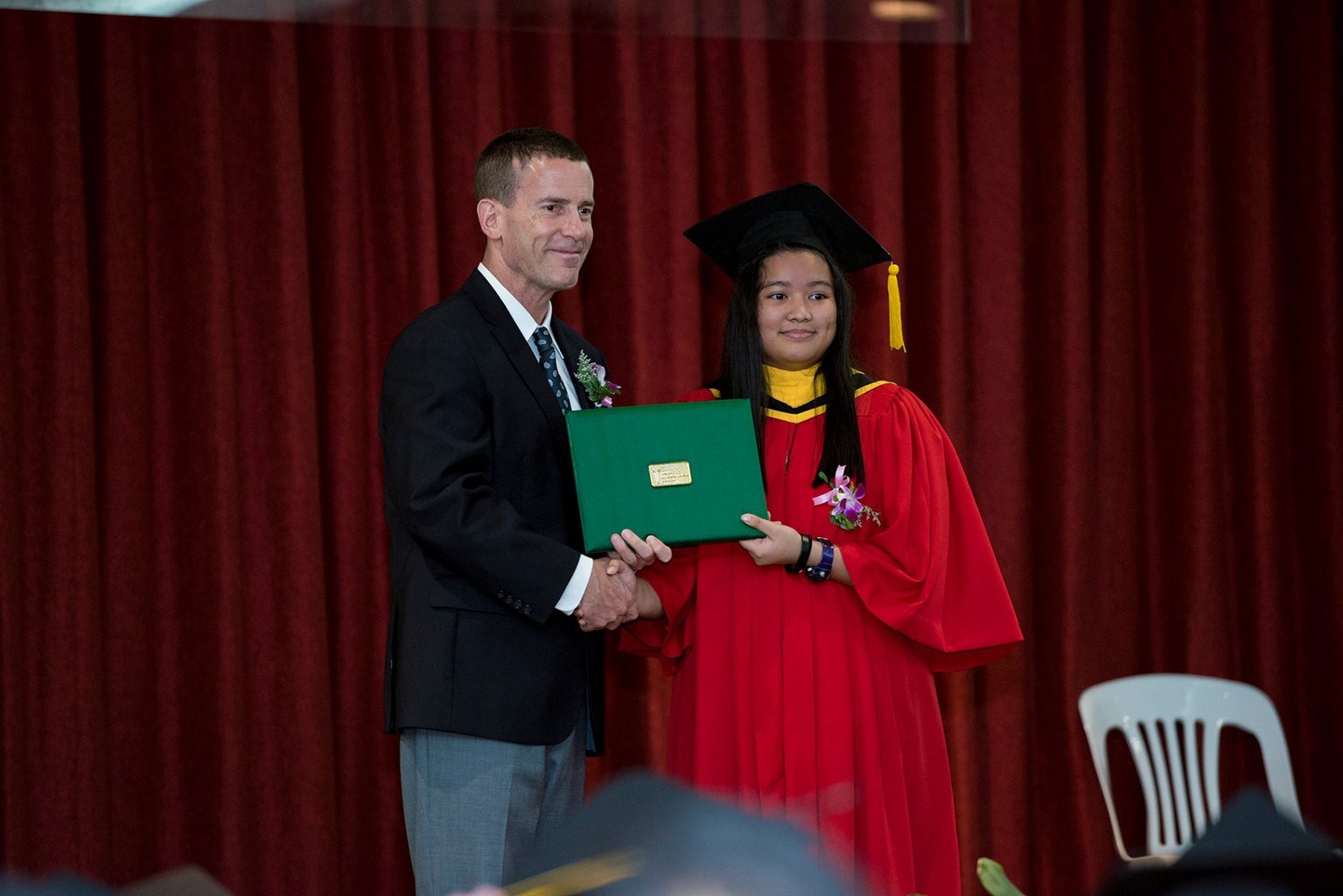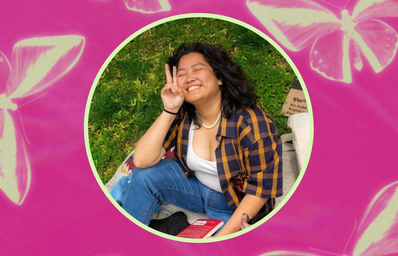My queer journey was a long arduous process that, upon reflection, I would never want to impose on anyone. Growing up queer in a conservative environment was an incredibly isolating experience. I had an odd relationship with my parents. They liked that I was emotionally intelligent but, unfortunately, by middle school, that emotional intelligence had become a burden. Whether I understood it then, I had always known that I liked girls. It was more of a gut feeling than anything else. The realization didn’t hit me like in the movies where the main character finds out they had a crush on their best friend: It was slower and more psychologically daunting, and it somehow involved Taylor Swift.
One of the first moments that made me realize that something was afoot was in the 5th grade. I used to have a pink LG phone that I could not let go of. I had bothered my brother to download a couple of songs every other week as it was my only source of music consumption. At one point, he had loaded “Love Story” by Taylor Swift on it.
I was dancing in my room with my dinky 7/11 earphones, with my eyes closed and the lyrics making their way through my lungs. Just as the bridge was building into the last chorus, Taylor did her notorious perspective switch. At that moment, I wasn’t imagining some guy on one knee asking for my hand in marriage. It was me, holding some faded female figure’s hand with a yearning feeling bubbling in my stomach. The next day, I asked my brother for a new set of songs to listen to in an effort to forget what had happened.

By the time I was in middle school, Taylor Swift’s music had become a guilty pleasure of mine. I had expressed my liking for other artists to my friends but it felt like Taylor’s music was my little secret, despite her massive success at the time. For all they knew, I had only been a casual listener. But the moment I let my Hello Kitty bed sheets swallow me in, with a masked smile left by the corridor, I’d let her music consume me. Suddenly, we were inventing a language no one else knew how to speak. Whatever imaginative story I could conjure up while listening to her music was between me and her; no one else.
A lot of Taylor’s singles had a lack of gendered pronouns which gave me the freedom to create my imaginary muses. Every time her song “Mine” would come on shuffle, I’d holler the line, “You made a rebel of a careless man’s careful daughter” with so much passion and grit, you would think I’d know a thing or two about forbidden love. Regardless of my age, I had been taught that my feelings toward women were inherently “sinful” and my very existence was a rebellion against whatever my parents had believed at the time.
I clung to every syllable relating to secret love affairs and unconventional relationships like my life depended on it. Not only did the general public resonate with her, I found my own way of doing the same — even as someone who was so far in the closet not an ounce of light could make its way through the cracks.
At this point, I wasn’t even thinking about an imaginary muse anymore: I thought about myself. If I could ever find my own wonderland. If there were places I could go to escape from self-damnation. If I could ever breathe again.
Without even realizing it, I started to interpret every one of her songs under a queer lens. I didn’t care what gossip blogs had said about all her boyfriends at the time or whatever muse discourse was making its way online — it didn’t deter me from seeing myself in her music. From my later years in middle school and onwards, I experienced an intense case of compulsory heterosexuality. I’d go back and forth between trying to accept my attraction to women but would force myself to perceive men in the same light. I would wallow thinking about my ill-fated future and curse myself every time I couldn’t at least pretend to be interested in men. It became a looming figure that bled me dry every time I had to sit and listen to my friends talk about their straight crushes.
During this rather dark time of my life, I found light in Taylor’s 1989 album. The themes of paranoia and running away brought me a sense of euphoria knowing that someone could beautifully transcribe a mind riddled with religious guilt. At this point, I wasn’t even thinking about an imaginary muse anymore: I thought about myself. If I could ever find my own wonderland. If there were places I could go to escape from self-damnation. If I could ever breathe again.

Reputation came out around the time I had my first crush on a girl. Although I had found other sapphic artists to listen to, I had yet to find one that encapsulated the yearning, longing, and impending doom of sapphic love the same way Taylor had. Despite being out to all of my friends by high school, I had yet to find the heart to tell my parents. When I finally got into my first relationship, suddenly the anxiety of loving someone became tangible. I remember spending nights listening to “Delicate” while mourning for a doomed relationship that had only begun. Although you could argue that every type of love has a sense of fragility, it seems to shatter more under the judgment of many. Not only was the relationship plagued with high school insecurities, but it also had the burden of queerness. And with all this worry, who could I have possibly turned to?
Being raised under a heteronormative roof did me no favors in navigating that relationship. Although I finally got what I always wanted, it was overshadowed by the fear of the walls caving in as whatever shelter we had found was never built for us in the first place. I found solace in Taylor’s music with every brick I cemented to keep the relationship afloat. She had taught me to find comfort in a quiet love, that despite it occurring in locked dark rooms, the love was still effervescent.
As a lesbian woman, I’ve always had to sit pretty, eating crumbs of representation while everyone stood in line at the buffet. It was no wonder that I resorted to making my own.
As the inevitable heartbreak ensued, I found it difficult that I couldn’t confide in my parents when I found myself bedridden for weeks straight. Being in the closet had been my own personal hell because not only did I have to suffer in silence, but my happiness had to be buried in it too. At least I had a certain unlikely blonde singer hold my shaky hands while I grieved my first taste of sapphic love.
Even now that I’m out of the closet, I still interpret most of Taylor’s songs from a queer perspective. Not only out of habit from years of necessity, but personally, it feels more interesting from a creative standpoint. There always seems to be some controversy when it comes to relating Taylor Swift and queerness. As a lesbian woman, I’ve always had to sit pretty, eating crumbs of representation while everyone stood in line at the buffet. It was no wonder that I resorted to making my own.
Taylor’s entire legacy is built on relatability and whatever she conveys through her music shouldn’t be restricted to a heteronormative box. That’s not what art is nor is that what it should be. Viewing it as such only prevents the best versions of your art from being conceived. I spent my entire life making Taylor Swift’s art mine and I doubt I would have been who I am today if I hadn’t.


